Fun with Data - VCSEL
Estimates from Yole Development indicate that broad-based growth for VCSELs will have a CAGR of 13.6% during the period between 2021 and 2026, with sub-segments growing between 5.6% and 121.9% as indicated i9n the table below. While growth is highest in smaller segments mobile/consumer remains the largest segment, growing 3x faster than telecom, the 2nd largest, although the automotive/mobility segment sees considerable growth over the period due to the development of higher power VCSEL arrays for LIDAR and applications for in-factory electric vehicles and similar pallet moving equipment that would be outfitted with collision avoidance systems.
While most VCSEL sensors emit at near-IR frequencies of 850 or 940nm, Sony (SNE) has developed a sensor that covers the range between 400nm and 1700nm by adding a layer of Indium Gallium Arsenide (InGaIn) to the Indium Phosphide (InP) that covers the near-IR spectrum. The additional layer expands the range of the sensor into the visible light range, but more importantly it reaches the frequencies at which OLED display materials become transparent, which implies that a sensor can be placed within the OLED display area, rather than in a separate ‘notch’ as is done with the typical 940nm VCSELs used currently, and at the same time reduces the chance of ocular injury from VCSEL arrays as power continues to increase while reducing background ‘noise’, leading to improvements in resolution and range.
While VCSEL material and process advancements also come with challenges such as lower die count, manufacturing retooling and requalification from customers, VCSEL volumes will continue to increase and overall manufacturing costs will continue to decline. There are a number of VCSEL die level producers, such as Samsung, Sony, ST Micro (STM), and AMS (AMS.SW) but much of the press goes to companies like Lumentum (LITE), II-VI (IIVI), Vertilite (pvt), and Trumpf (pvt) who are more visible in the consumer space.
While there is much data on the characteristics of VCSELs, there is little data on pricing, as widely differing applications generate a vast number of VCSEL modalities, sizes, source counts, power levels, spectrum, and packaging, but more to the point is that price and characteristics are closely aligned with improving characteristics commanding premium pricing while more generic modules decline. There are step function improvements, such as when the shift from 4” to 6” wafers was made years ago that increased the die count by over 2x and reduced cost/die significantly, but we expect overall VCSEL pricing to be more of a function of the number of emitters and power capabilities, so we look more toward the growth in unit volume for indications as to how the industry is progressing. While estimates 5 years out tend to be adjusted yearly even a 10% CAGR for the industry out 5 years would be considered formidable, even without Samsung’s help.
[1] 7/20/22, 1/13/22, 10/14/21, 4/19/21, 3/5/21

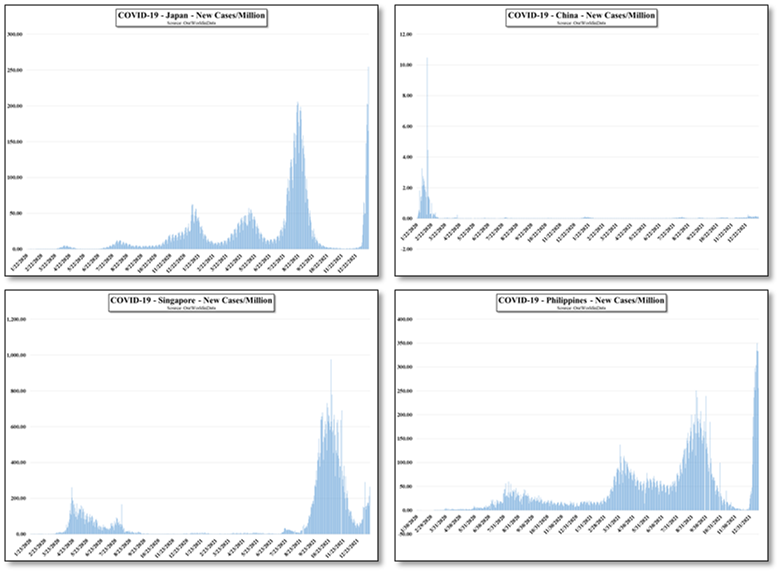

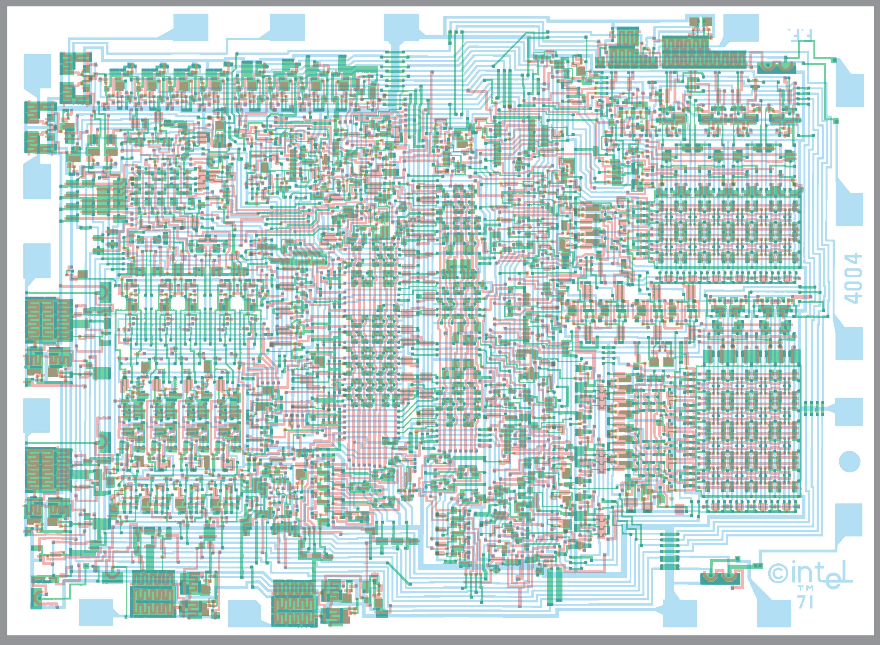
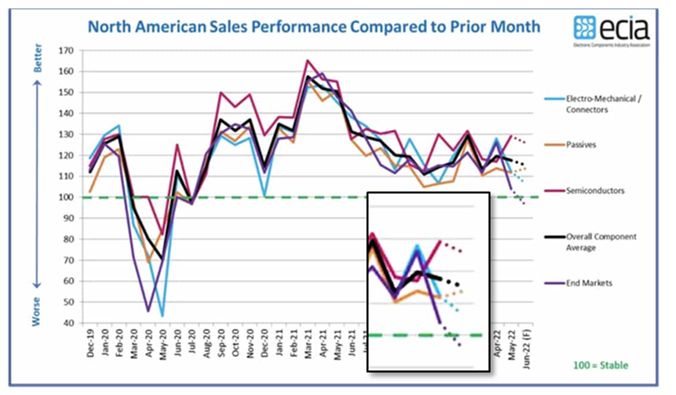
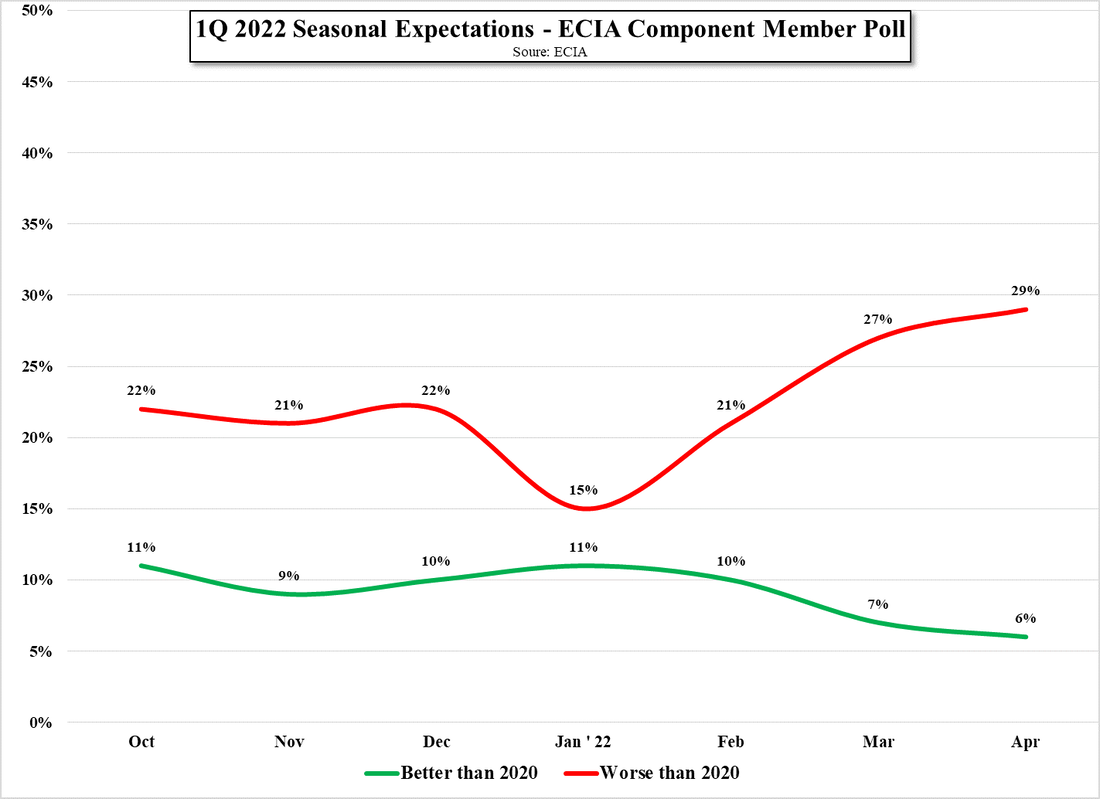
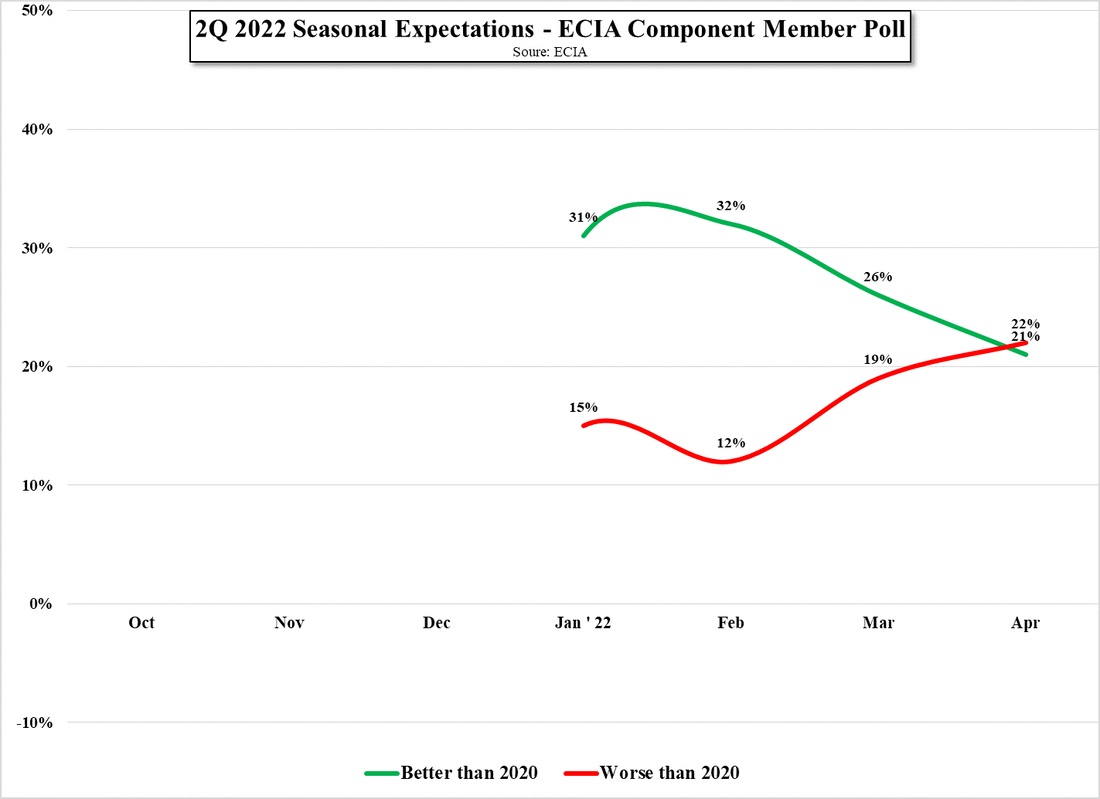



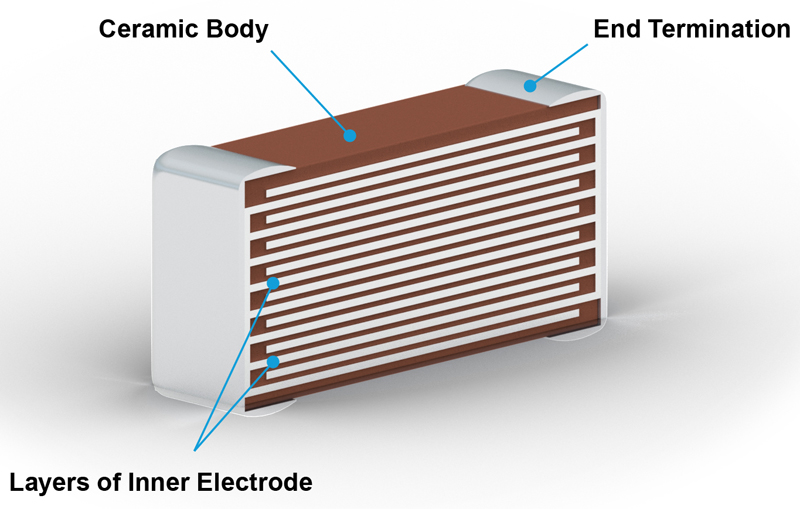
 RSS Feed
RSS Feed